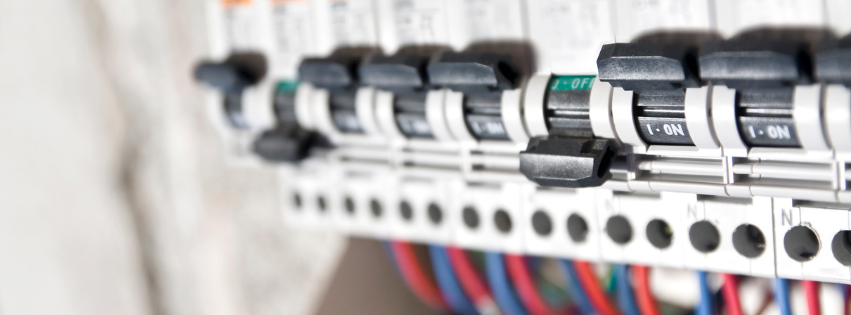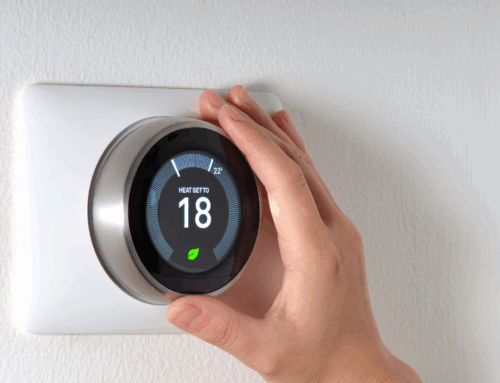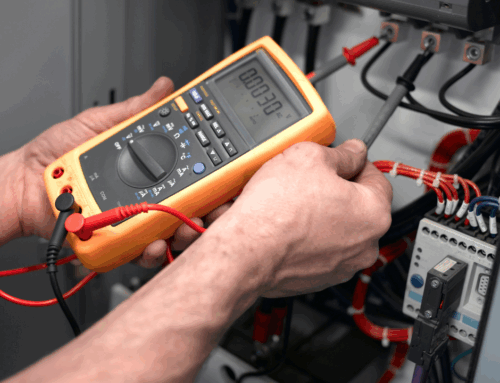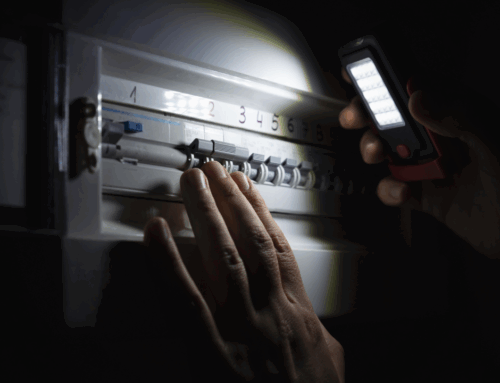A tripping circuit breaker in a commercial setting is more than just a nuisance; it can disrupt operations, cause downtime, and potentially damage sensitive equipment. Understanding why your commercial circuit breaker keeps tripping and knowing how to address the issue is crucial for maintaining a stable and safe electrical system.
1. Overloaded Circuits
Identification: One of the most frequent reasons for a circuit breaker tripping is overloading. This occurs when too many devices or appliances are connected to a single circuit, drawing more current than the breaker is designed to handle. In a commercial environment, this can happen when multiple high-power devices are used simultaneously.
Solution: To resolve an overload issue, start by identifying the circuits that are frequently tripping. Check the total load on the circuit by calculating the combined wattage of all devices connected. Distribute the load more evenly across multiple circuits or upgrade the existing circuit to handle higher amperage. A licensed electrician can help assess the current load and suggest appropriate upgrades.
2. Short Circuits
Identification: A short circuit happens when a hot wire comes into direct contact with a neutral wire or ground. This creates a sudden surge of electrical current, causing the circuit breaker to trip immediately. Short circuits are often caused by damaged wires, faulty connections, or defective appliances.
Solution: If you suspect a short circuit, disconnect all devices from the circuit and inspect the wiring for visible damage or loose connections. Replace any damaged wires or faulty components. If you’re unable to locate the problem, consult an electrician who can perform a thorough inspection using specialised tools to identify and fix the short circuit.
3. Ground Faults
Identification: A ground fault occurs when a hot wire makes contact with a grounding wire or a conductive surface, such as a metal part of an appliance. This can lead to a dangerous situation and cause the breaker to trip to prevent potential electrical shock or fire hazards.
Solution: To address ground faults, inspect the affected circuit for any signs of exposed or damaged wiring. Ensure all connections are secure and that appliances are properly grounded. Installing Ground Fault Circuit Interrupters (GFCIs) can also provide additional protection by detecting ground faults and cutting off power before a serious issue occurs.
4. Faulty Circuit Breaker
Identification: Sometimes, the issue may lie with the circuit breaker itself. A breaker can become faulty due to wear and tear, manufacturing defects, or age. Faulty breakers may trip frequently even without a significant electrical problem.
Solution: If you suspect a faulty circuit breaker, it’s best to have it tested or replaced by a professional. A licensed electrician can assess the condition of the breaker and replace it if necessary. Ensure that the replacement breaker is of the correct rating for your circuit.
5. Electrical Panel Issues
Identification: Problems with the electrical panel can also cause breakers to trip. This could be due to issues such as loose connections, damaged components, or an overloaded panel.
Solution: Inspect the electrical panel for signs of damage or wear. Ensure that all connections are tight and that there are no signs of overheating or arcing. If the panel appears damaged or is not functioning correctly, a professional electrician should perform a thorough inspection and make any necessary repairs or replacements.
6. Environmental Factors
Identification: Environmental factors such as humidity, dust, or extreme temperatures can affect the performance of electrical components and cause breakers to trip.
Solution: Ensure that your electrical panel and circuits are protected from environmental extremes. Maintain proper ventilation around the panel and keep it free from dust and moisture. If environmental factors are affecting your electrical system, consider implementing measures to improve the environment around your electrical components.
A tripping circuit breaker in a commercial setting can indicate various underlying electrical issues, ranging from overloads and short circuits to faulty breakers and environmental factors. Addressing these issues promptly is essential for maintaining a safe and efficient electrical system. By understanding the common causes and solutions, you can take proactive steps to prevent disruptions and ensure the reliable operation of your business’s electrical infrastructure. If problems persist, contact us to perform a detailed inspection and ensure that your electrical system meets all safety standards.







Leave A Comment